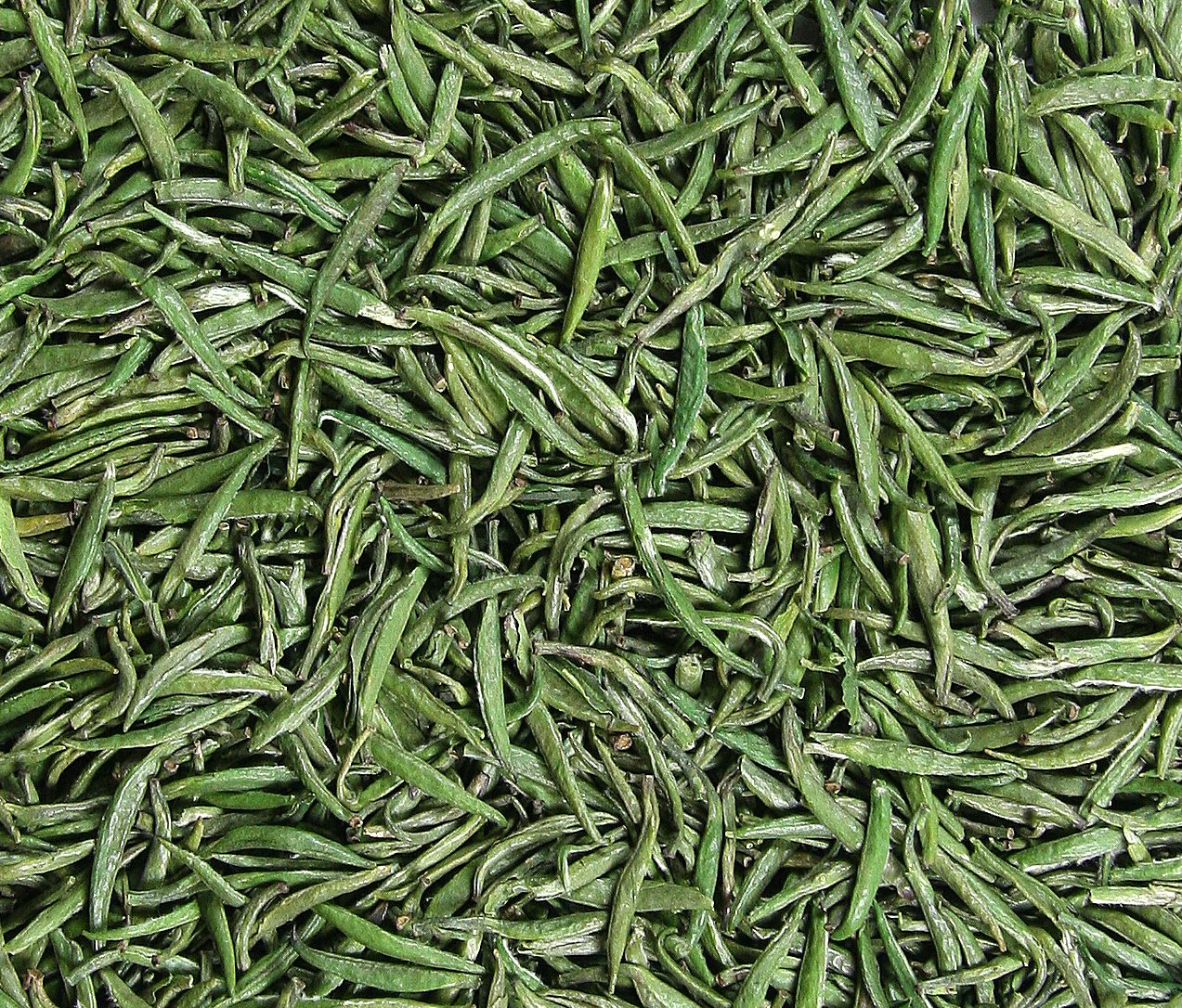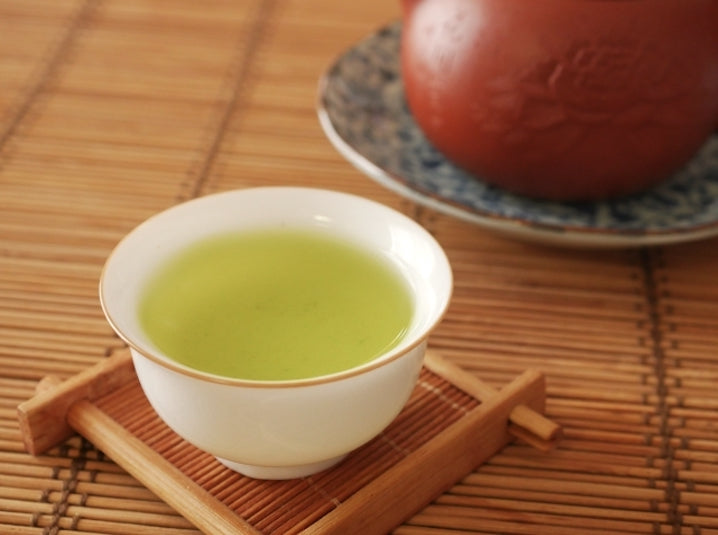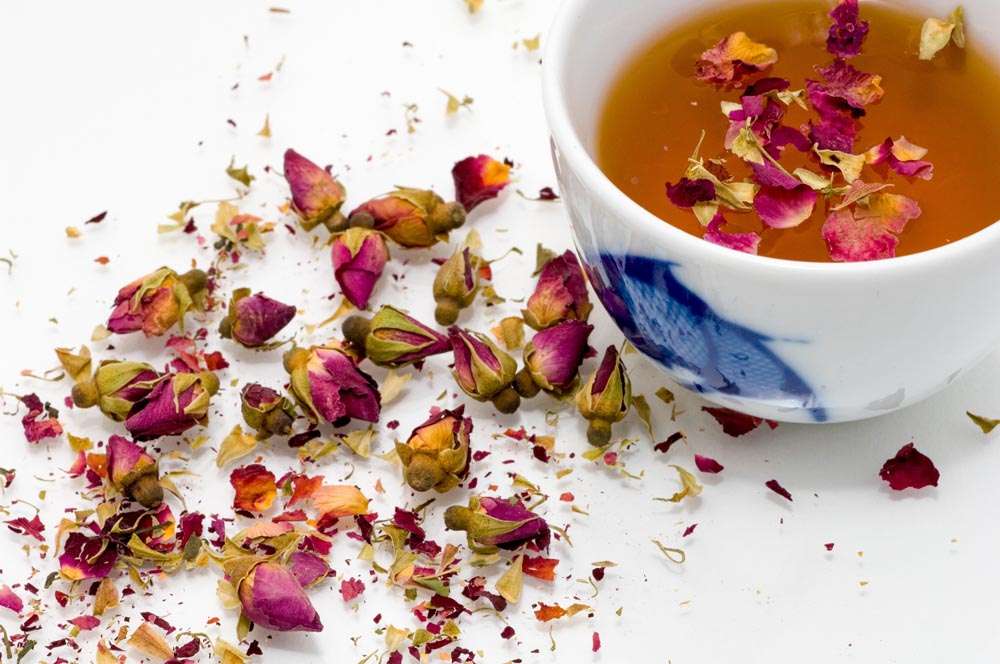Premium Chinese green teas are a marvel of craftsmanship and tradition. Their diverse flavors and meticulous production methods make them a treasure for tea enthusiasts. From their delicate taste profiles to the artistry involved in shaping and drying each leaf, these teas represent centuries of refinement and skill.
A Symphony of Flavour
The diversity of flavour in premium Chinese green teas is unparalleled. Each tea-growing region and style offers a unique experience:
- Sweet and Floral: Teas like Huangshan Mao Feng or Dragon Well (Longjing) deliver sweet, nutty, and floral notes.
- Vegetal and Grassy: Teas like Bi Luo Chun are fresh and grassy, with hints of tender greens.
- Complex and Bold: Rare teas like Tai Ping Hou Kui combine fresh vegetal flavors with a robust depth.
This spectrum of flavors means there’s a Chinese green tea to suit every palate, whether you prefer delicate or bold profiles.
Handcrafted Artistry
One of the most remarkable aspects of premium Chinese green teas is the artisanal skill of the tea workers. The leaves are carefully plucked and then shaped with precision, ensuring a tea that is not only delicious but also visually stunning.
- Plucking: Only the tenderest buds and youngest leaves are selected. Often, this involves one bud and one or two leaves, ensuring quality.
- Shaping Techniques:
- Basket-Firing: Leaves are gently tossed in bamboo baskets over heat, adding light, toasty notes.
- Oven-Baking: Provides consistent drying for a balanced flavor.
- Pan-Firing: Adds a classic nutty character to teas like Longjing.
- Sun-Drying: Utilizes natural sunlight for a light and crisp flavor.
- Tumble-Drying: Ensures even drying for teas like Mao Jian.
Each method results in distinct textures, flavors, and appearances, showcasing the tea maker’s expertise.
An Invitation to Observe the Details
The next time you encounter a premium loose-leaf Chinese green tea, take a closer look at the leaves:
- Uniformity: Notice how the leaves are consistently shaped, whether rolled, twisted, or flattened.
- Fine Hairs: Many premium teas, like Bi Luo Chun, have silvery down on their buds, indicating tender plucking.
- Aesthetic Beauty: The leaves often mimic nature, such as the orchid-like shape of Tai Ping Hou Kui or the spiraled form of Bi Luo Chun.
These details highlight the dedication and skill of the tea artisans who transform fresh leaves into works of art.
Conclusion
Premium Chinese green teas are much more than a drink—they are a celebration of flavor diversity, craftsmanship, and centuries-old traditions. Their careful production methods and the artistry in shaping and drying the leaves make every sip an experience to cherish.
The next time you enjoy a cup of Chinese green tea, take a moment to appreciate not only its flavors but also the remarkable journey of the leaves from the tea garden to your cup.





